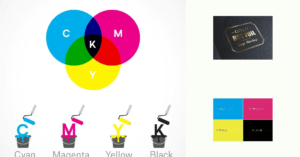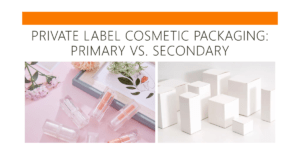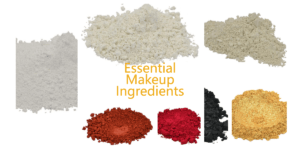How to Launch a Successful Skincare Line in 2024,It involves navigating a dynamic and competitive market. As consumer preferences evolve and new trends emerge, entrepreneurs need a comprehensive strategy to ensure their brand stands out. This step-by-step guide will walk you through the essential stages of launching a skincare line, from developing a unique concept to scaling your business.
Table of Contents
How to Launch a Successful Skincare Line Step 1: Research the Market
Understanding the Skincare Market in 2024
The skincare market is continuously evolving, influenced by technological advancements, changing consumer behaviors, and global trends. To succeed in 2024, it’s crucial to understand the current market dynamics.
Market Trends
In 2024, several key trends are shaping the skincare industry. Consumers are increasingly demanding clean beauty products free from harmful chemicals. Sustainability is no longer optional; eco-friendly packaging and ethically sourced ingredients are critical. Additionally, the rise of personalized skincare, driven by AI and data analytics, is creating tailored skincare solutions for individual needs.
Begin by exploring the latest skincare trends. Follow beauty blogs, read industry reports, and monitor social media platforms like Instagram and TikTok. These sources provide insights into what’s hot right now. For instance, there’s a growing interest in natural and organic products. Understanding these trends will help you decide what types of products to develop.
Consumer Preferences
Modern consumers are well-informed and selective about the products they use. They prioritize transparency, seeking brands that provide clear information about ingredient sourcing and product efficacy. There is also a growing interest in multifunctional products that save time and deliver multiple benefits. Understanding these preferences will help you develop products that resonate with your target audience.
How to Launch a Successful Skincare Line Step 2: Developing a Unique Skincare Concept
To stand out in the crowded skincare market, you need a unique concept that differentiates your brand from competitors.
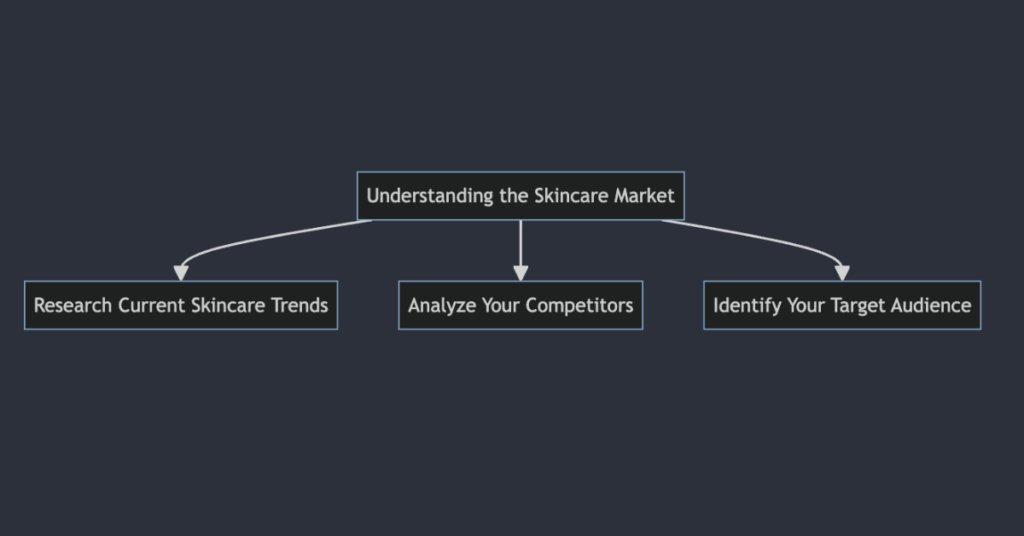
Identifying Your Niche
Identifying a niche is the first step toward developing a unique skincare concept. Consider factors such as skin type, specific skin concerns, and demographic characteristics. For example, you might focus on anti-aging solutions for mature skin or acne treatments for teenagers. Understanding your niche will guide your product development and marketing efforts.
Analyze Your Competitors
Next, study your competition. See what other skincare brands are offering and how they market their products. Review their websites, social media, and customer reviews. This will help you understand what works and what doesn’t, revealing gaps in the market that your products can fill.
Identify Your Target Audience
Knowing your customers is crucial. Consider their age, gender, lifestyle, and skincare needs. Are you targeting teenagers with acne problems, adults seeking anti-aging solutions, or people with sensitive skin? The more you know about your target audience, the better you can tailor your products and marketing strategies to meet their needs.
How to Launch a Successful Skincare Line Step 3: Creating Your Skincare Products
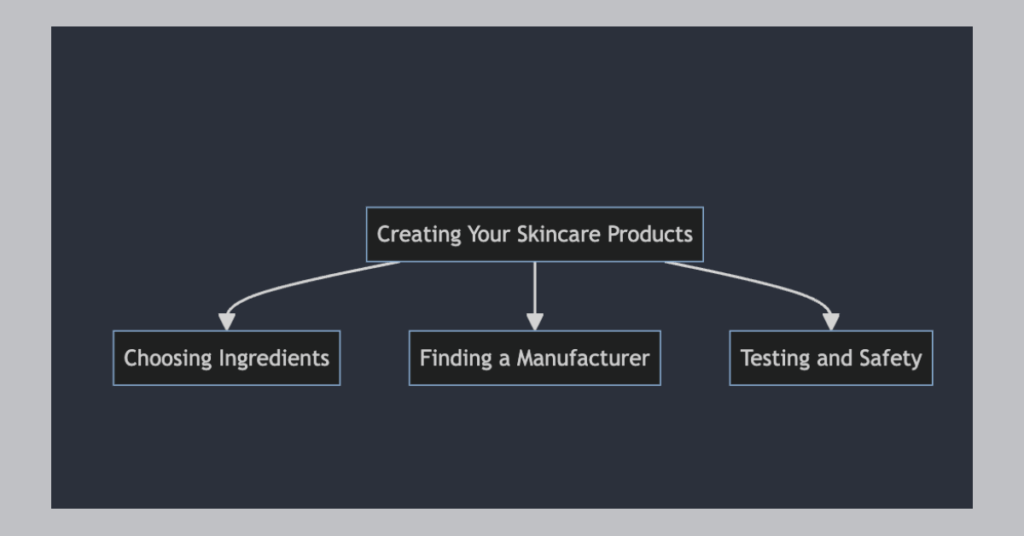
Choosing Ingredients
Ingredients are key to any skincare product. Opt for high-quality ingredients that provide real benefits. Natural and organic ingredients, such as aloe vera, jojoba oil, and shea butter, are particularly popular. Avoid ingredients that can cause allergies or skin irritation.
Working with a Cosmetic Chemist
Collaborate with a cosmetic chemist to develop your formulations. A chemist will help you create products that are both effective and safe for consumers. They can also assist in ensuring your formulations comply with regulatory standards.
Finding and Building a Relationship with Your Skincare Manufacturer
Choosing the right skincare manufacturer is crucial. Ask about their minimum order quantities (MOQs), lead times, and whether they offer custom formulation services or private label options, depending on your needs. Establishing a strong relationship with your manufacturer is equally important. Many have learned that clear communication and trust are essential for success. While working with Chinese manufacturers often provides cost benefits and is a common choice for small businesses, it’s vital to ensure effective collaboration to achieve the best results.
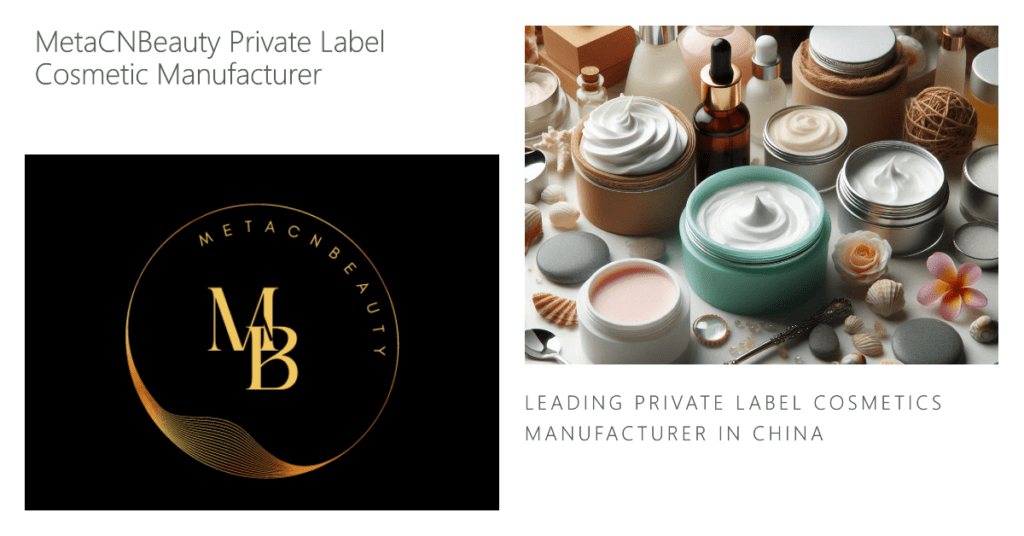
Private Label vs. Custom Formulation
Private label skincare formulations are already developed and ready to be filled into your packaging, saving time and costs associated with development. Alternatively, creating your own formulations costs around $5,000 and takes about three months, depending on the product and complexity. Choose the option that best fits your needs.
Testing and Safety
Thorough testing is essential before selling your products. This includes stability testing to ensure a good shelf life and safety testing to prevent skin reactions. These tests are typically included in private label products and skincare development services. Consider consumer testing to gather feedback on your products’ effectiveness and appeal.
How to Launch a Successful Skincare Line Step 4:Planning Your Finances

Identifying Startup Costs
Break down the initial costs for starting your skincare line:
- Incorporation Fees: Registering your business can cost between $50 and $725, depending on your state.
- Brand Development: Creating a professional brand can cost around $1,500 to $5,000, including logo design, packaging design, and marketing materials.
- Product Development: Developing a new formulation and testing can cost at least $2,500 to $5,000.
- Website Development: Building an e-commerce website can cost between $40 and $100 per month, depending on the platform you choose.
- Marketing: Allocate at least $2,000 to start for marketing.
In total, expect to invest around $9,000 to $10,000 to launch your skincare line.
Managing Operating Expenses
Once your business is operational, manage ongoing costs such as manufacturing, marketing, logistics, and administrative expenses. Regular orders from your manufacturer will maintain inventory. Budget for continuous marketing campaigns on social media, Google, and other platforms. Logistics and shipping costs are significant, as you’ll need to package and ship products efficiently. Finally, account for office and administrative expenses like rent, utilities, software subscriptions, and salaries if you have a team.
Pricing Your Products
Setting the right price for your products is crucial. Calculate the cost per unit, including production, packaging, and shipping. Add a markup for your profit margin. A typical markup for skincare products is between 50% and 100%. For example, if it costs $5 to produce a jar of moisturizer, and you add a 100% markup, you’d sell it for $10. Ensure your prices are competitive with market standards.
How to Launch a Successful Skincare Line Step 5:Marketing Your Skincare Line
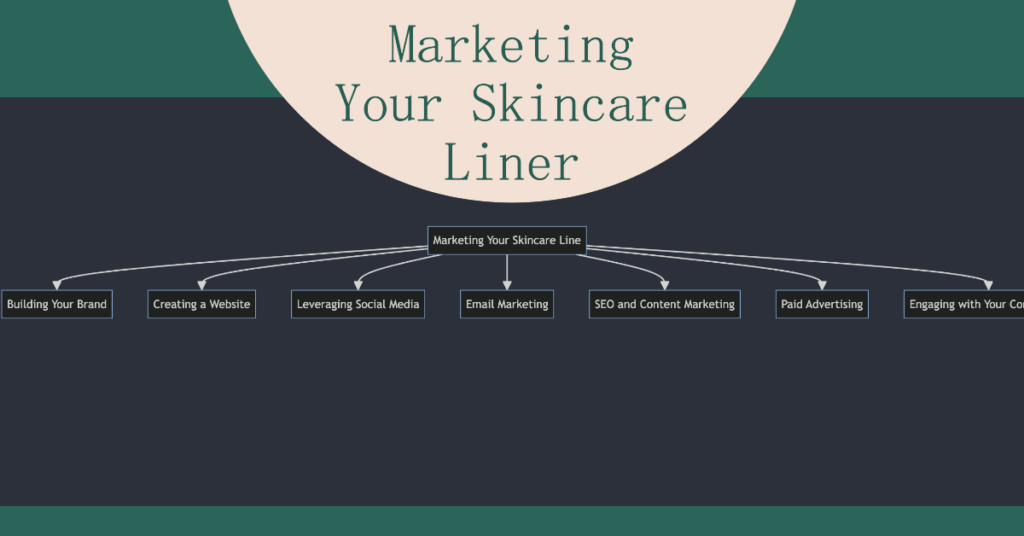
Building Your Brand
Your brand encompasses more than just a logo or product packaging; it represents your business’s overall image and feel. A strong brand tells your story and emotionally connects with customers. Define your brand’s mission, values, and personality, and ensure these elements are reflected in your logo, packaging, website, and social media profiles. Investing in professional brand development will pay off significantly.
Creating a Website
A professional website is essential for selling your products online. Choose a user-friendly platform like Shopify, Wix, or Squarespace. Your website should be visually appealing, easy to navigate, and mobile-friendly. Starting with a professional template can expedite the process.
Leveraging Social Media
Social media is a powerful tool for marketing your skincare line. Create profiles on platforms like Instagram, Facebook, and TikTok to showcase your products and engage with your audience. Use hashtags to reach a broader audience and collaborate with influencers to boost visibility.
Email Marketing
Building an email list allows you to keep customers informed about new products, promotions, and skincare tips. Offer a discount or freebie for signing up to your email list. Send regular newsletters to keep your audience engaged and encourage repeat purchases.
SEO and Content Marketing
Search Engine Optimization (SEO) helps your website rank higher in search results, making it easier for people to find you. Use relevant keywords throughout your website and blog to improve SEO. Content marketing, such as blog posts about skincare tips and trends, can attract visitors and establish you as an industry authority.
Paid Advertising
Investing in paid advertising can help you reach a larger audience. Google Ads and social media ads are effective. Start with a small budget and test different ads to see what works best for your brand. Monitor ad performance and adjust your strategy as needed.
Engaging with Your Community
Building a community around your brand fosters customer loyalty. Respond to comments and messages on social media, encourage user-generated content, and create a loyalty program to reward repeat customers. Hosting giveaways and contests can also boost engagement and attract new followers.
How to Launch a Successful Skincare Line Step 6: Post-Launch Strategies
Maintaining momentum after your launch is crucial for long-term success.
Maintaining Customer Engagement
Continue engaging with your customers through regular updates, promotions, and content. Solicit feedback and reviews to understand their experiences and improve your products. Build a community around your brand by fostering two-way communication.
Analyzing Sales Data
Regularly analyze your sales data to identify trends and areas for improvement. Use this data to refine your marketing strategies and product offerings. Consider implementing customer relationship management (CRM) tools to better understand and serve your customers.
How to Launch a Successful Skincare Line Step 7: Scaling Your Business
Once your skincare line is established, consider strategies for scaling your business.
Expanding Your Product Line
Diversify your product offerings to meet a broader range of customer needs. Introduce complementary products, such as cleansers, serums, and moisturizers. Ensure that each new product aligns with your brand’s vision and mission.
Exploring New Markets
Expand your reach by entering new markets, both domestically and internationally. Research market conditions and consumer preferences in your target regions. Adapt your marketing strategies to resonate with local audiences.
How to Launch a Successful Skincare Line Step 8: Overcoming Challenges
Launching and growing a skincare line comes with its share of challenges.
Managing Supply Chain Disruptions
Supply chain disruptions can affect product availability and quality. Develop contingency plans to address potential disruptions. Maintain good relationships with your suppliers and have backup options in place.
Staying Ahead of Trends
The skincare industry is fast-paced, with new trends emerging regularly. Stay informed about industry developments and consumer preferences. Innovate continuously to keep your product offerings fresh and relevant.
How to Launch a Successful Skincare Line Step 9: Success Stories and Case Studies
Learning from the successes and failures of other brands can provide valuable insights.
Learning from Successful Brands
Study successful skincare brands to understand their strategies and tactics. Identify key factors that contributed to their success, such as unique formulations, effective marketing, and strong brand identity.
Common Mistakes to Avoid
Avoid common pitfalls by learning from the mistakes of other brands. These might include overextending your product line too quickly, neglecting customer feedback, or failing to comply with regulatory requirements.
By following these steps, you’ll be well on your way to launching a successful skincare line in 2024. Good luck!
FAQ
How much does it cost to start a skincare line?
The cost can vary widely, but expect to invest anywhere from $10,000 to $100,000 depending on the scale of your operations, product range, and marketing efforts.
How long does it take to develop a skincare product?
It typically takes 6-12 months to develop a skincare product, including formulation, testing, and production.
Do I need a chemist to create my skincare products?
While not mandatory, working with a chemist ensures your products are safe, effective, and compliant with regulations.
What are the most popular skincare products to sell?
Popular products include cleansers, moisturizers, serums, and masks. However, niche products targeting specific skin concerns can also be highly successful.
How do I start a private label skin care line?
Private labeling allows you to create customized products with a manufacturer. It’s a great option for newcomers, offering a balance of customization and ease of entry. for instance :MetaCNBeauty Private Label Cosmetics Manufacturer
Where do I find skin care manufacturers?
Use online directories and vet manufacturers carefully through reviews, references, and sample requests to ensure quality and reliability. you may check out metaCNbeauty Cosmetics Manufacturer

